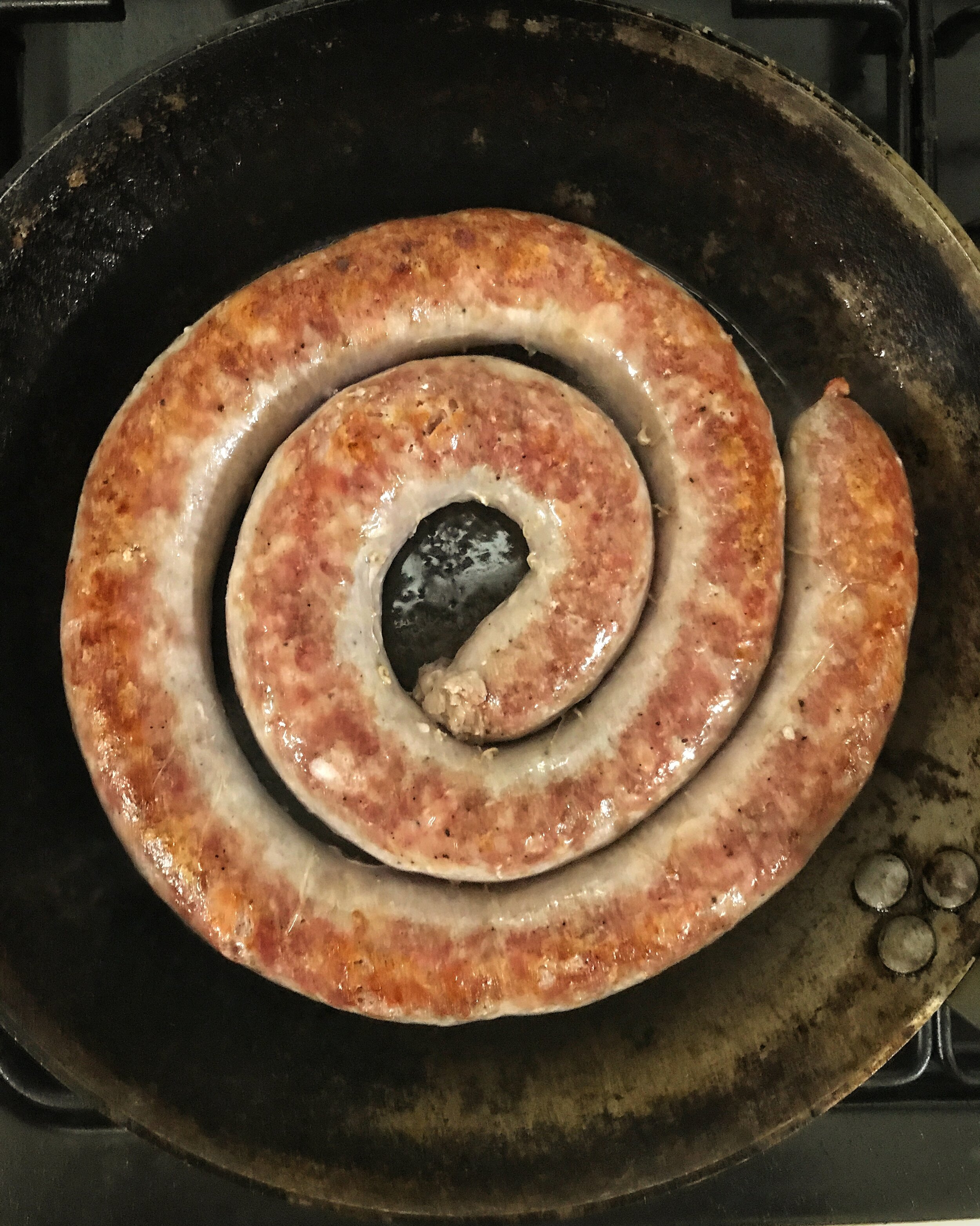These French days are shortening now. It’s barely light when I wake up at 7:30 and a light fog has settled in the pétanque park here at Camont. The hammocks have been stowed for the winter. A fat hedgehog blundered her way onto the terrace last night.
If October were a fruit, it would be a persimmon and after all these years, I finally have a tree with ripening fruit. Blackbirds stole the first few ripe kaki just pecking far enough into the tannic skin to spoil the flesh. After that I got clever, and plucked the small balls, barely as big as a tennis ball, and brought them indoors to ripen. Six of the them filled a soup plate and I watched them like a hawk for signs of rot or ruin. Some fruit needs extra time to fully ripen, bletting it’s called, and I left the plate of persimmons on the counter until I was ready to use them. They were heavy for their size; the skin, although still very orange, began to look translucent and felt heavy and soft like a water balloon. This is no science but an art as to when they were ready to eat.
Fretting about what to do with this small harvest, I first thought about a lemon/persimmon curd to use on a tart, or as a filling in a pastry. But when Steve C. was clearing the potager and reinforcing the raised beds, I decided to send him home with a treat to share with his family. These Covid days make us miss the simple pleasures of a tea party or such. A cake is easier to share than tarte; in fact I could make two and keep one for my own pleasure. The easiest cake to make without a recipe is a simple pound cake- made of 4 equal parts egg, sugar, flour ,and butter. I added a 5th part, the soft and sweet flesh of the persimmons and a splash of armagnac and vanilla flavoring that I make myself. I used two buttered cake tins, and baked them in the oven for as long as it took for the center to be done. the old clean knife trick is the key. The cakes were dense with a fruit custard center, but the sugar dusted crust and the moist crumb made for a sweet rival textures.
October will be gone before we know it. November will draw us closer to the hearth as the morning fog lasts throughout the day. These golden days are as ephemeral as the poplar leaves, yet to fall. I am nostalgic for French weekends devoted to cooking and sharing with friends. So I’ve begun to cook on Sundays, some simple dishes that you can follow on video or in photographs on Instagram and find the recipes here. Soon we’ll start a online video course that will take you from A-Z of all my favorite recipes and dishes we cook throughout the seasons here in Gascony. You can start to read some of these here in my new ebook- a 25th Anniversary edition of A Culinary Journey in Gascony. Order and download the book now here!
Interested in cooking your way around Gascony with me this winter? Then sign up for my newsletter and add your contact info for our special offers- behind the scenes, special recipes, videos and offers on all our programs- just click here!
Persimmon Pound Cake














